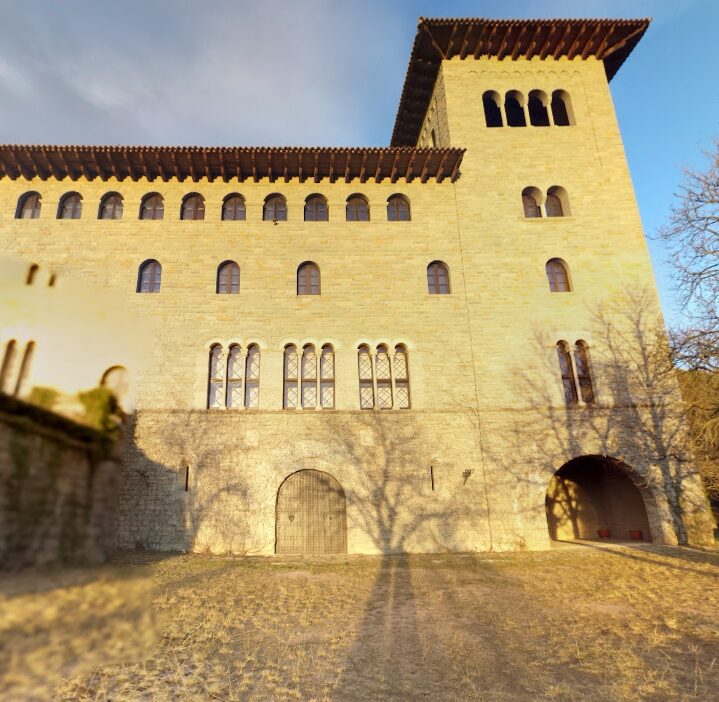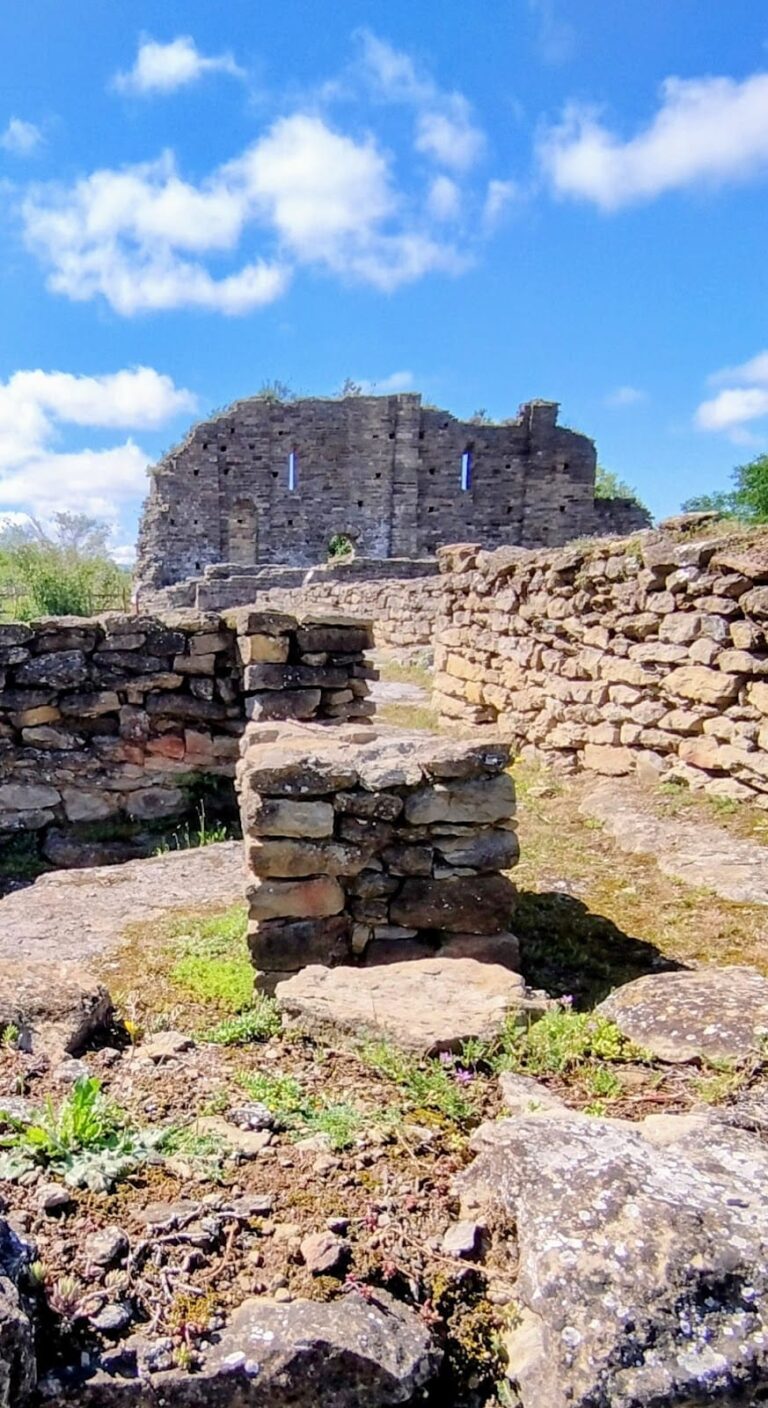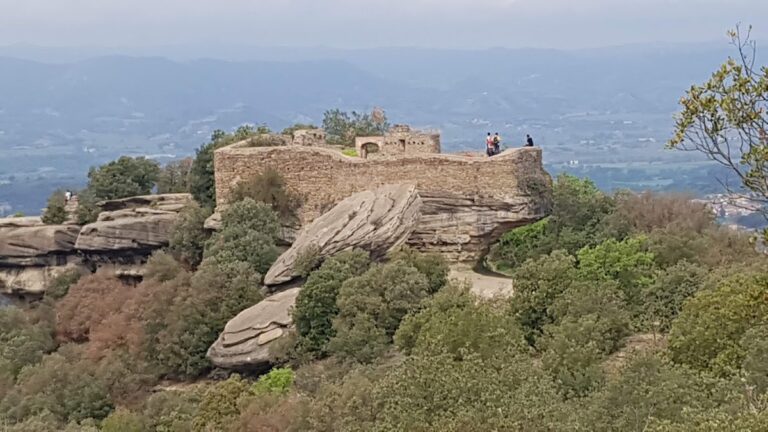Castell de Sant Llorenç: A Medieval Castle and Monastic Site in Catalonia
Visitor Information
Google Rating: 4
Popularity: Very Low
Google Maps: View on Google Maps
Country: Spain
Civilization: Unclassified
Remains: Military
History
The Castell de Sant Llorenç is located in the municipality of Sant Julià de Vilatorta in present-day Spain. It was originally constructed by the medieval Catalan civilization and served as a fortified castle during the early Middle Ages.
The castle first appears in records dating back to 884, when it functioned as a boundary fortress, known as a castell termenat, overseeing a territory that included several nearby villages. During this period, Castell de Sant Llorenç held both administrative and military importance as a center of local power. However, by the early 11th century, its role diminished significantly after the nearby Castell de Meda rose in prominence and effectively replaced Sant Llorenç as the primary defensive and administrative site in the region.
Following its decline in military importance, parts of the castle began to take on new functions. From the 11th century onward, sections of the structure were adapted to serve as a monastic residence for Augustinian canons, while other parts remained as secular dwellings or homes. The transition from a fortress to a religious site reflects broader changes in the use of such buildings during the medieval period.
Ownership of the castle and its surrounding lands was associated with prominent noble families, including the counts of Barcelona. Historical documents mention figures such as comtes Guifré Borrell, Sunyer, and Borrell in connection with property transactions involving the castle. Later, the estate passed into the possession of the Gurb-Queralt family, a noble lineage that held sway in the area.
In the year 1007, a significant transfer occurred when Bonfill, a cleric identified as a levite and son of Ansulf, donated the nearby Castell de Meda to the canonical church of Vic. This event symbolizes the broader shift from military use to ecclesiastical control in the region’s castles.
Efforts to establish a Benedictine monastery dedicated to Saint Lawrence on the site of Sant Llorenç began late in the 11th century. These initial attempts were not immediately successful, but by the mid-12th century, a canonical priory known as Sant Llorenç del Munt was firmly established, marking the consolidation of the religious function of the site.
Throughout the 13th century, the castle and its fortifications were held as feudal holdings under the authority of the bishop of Vic. The last recorded lord, Berenguer IV de Queralt, officially transferred ownership of the property to the canons of Vic in 1253. Following this transition, there are no further historical records mentioning the castle, its rulers, or the use of the site, leaving its subsequent history undocumented.
Today, the site is recognized as a cultural heritage monument of significance both in Catalonia and across Spain, reflecting its rich medieval history and transformation over several centuries.
Remains
The archaeological remains of Castell de Sant Llorenç are situated on the west slope of a rugged hill at the northeastern edge of the municipality. The site consists of fortification walls, some of which were integrated into a later monastic complex, demonstrating how the original defensive structures were adapted for religious and residential uses.
At the hill’s summit lie the foundations of a square tower that once formed part of the castle’s defensive system. The tower’s base remains visible, providing a clear indication of the castle’s military architecture during its earliest phase. The fortification walls themselves were likely constructed using local stone, assembled in a manner consistent with medieval defensive building techniques of the period.
The monastic buildings, established after the castle’s decline as a military stronghold, appear to have reused existing defensive walls and towers. These reused structures served dual purposes: protecting the occupants and supporting the residential needs of the Augustinian canons who inhabited the priory. The combination of towers and curtain walls created a fortified monastic precinct that integrated secular and religious architectural elements.
In the 20th century, the site underwent reconstruction efforts, during which new buildings were erected, possibly on the foundations of the original castle and monastery structures. While these modern constructions occupy parts of the site, the older fortification walls and related structures are still preserved beneath the surface, waiting to be further explored through archaeological investigation.
Overall, the remains at Castell de Sant Llorenç illustrate a layered history, with medieval military architecture transformed over time to accommodate religious purposes, reflecting the evolving functions of the site within its landscape.







